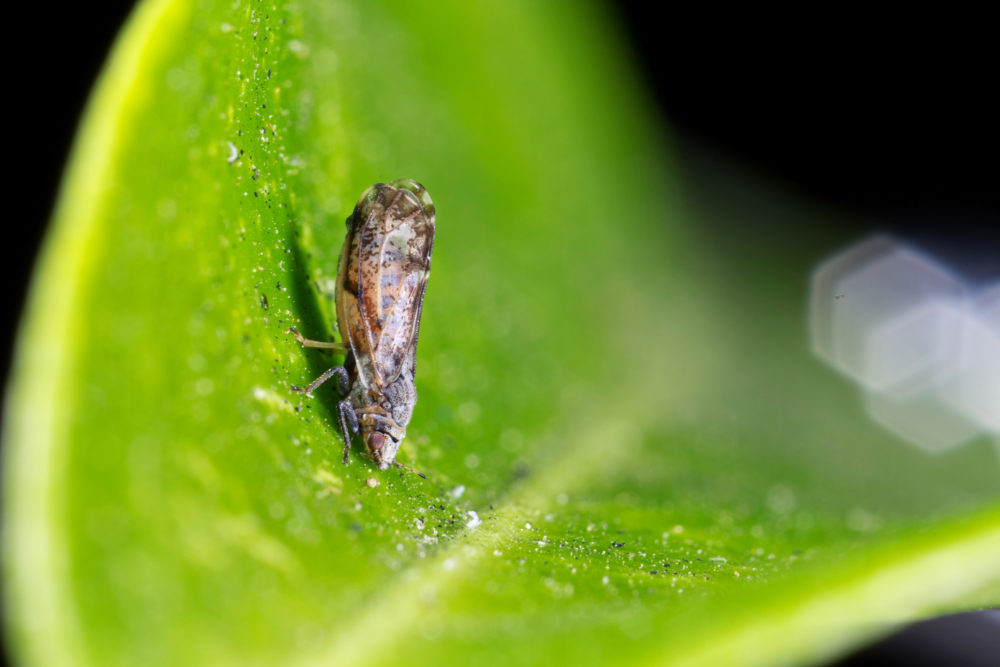Research Nets Going Over Citrus Trees To Prevent Huanglongbing Disease
Blocking Psyllids Carrying Disease is Key
By Jessica Theisman, Associate Editor
Beth Grafton-Cardwell is the director of the Lindcove Research Extension Center in Tulare County and research entomologist based out of the University of California, Riverside. She recently told California Ag Today that there is work being done on installing a net structure to protect trees from Asian Citrus Psyllids, which spread the deadly Huanglongbing disease. Texas A&M researchers are installing net structures on the edge of groves to block psyllids from coming into an orchard.
Psyllids have a preference for borders. These nets could have yellow sticky strips of material with an insecticide on it, so there would be an attract and kill process.
Other research is looking at netted structures that will completely enclose the citrus trees.
“Researchers are going to construct a completely enclosed net structure to grow the citrus trees in a block at Lindcove,” Grafton-Cardwell said. “We will study how well one can grow citrus under the screen so there could be the ultimate protection against pests and diseases.”
“The mother trees and increased trees have to be grown under the screen, but the field trees do not necessarily have to be,” she said.
Cold temperatures in the winter to protect the citrus from the psyllid.
“The cold temperatures hardened off the tissue, which makes it hard for the psyllid to find any place to lay eggs, and they probably cost some mortality to the psyllid,” Grafton-Cardwell explained.
Most outbreaks are in Southern California. Los Angeles, Orange County, and a few trees in Riverside.
“Prevention is working and there are fewer outbreaks in the Central Valley,” Grafton-Cardwell said.
Dr. Mark Hoddle and Dr. Kelsey Schall (both from UC Riverside) have been monitoring backyard situations. They are researching the release of beneficials such Tamarixia and other generalist predators like Syrphid flies.
“They have been reducing psyllids by about 70 percent in the backyards, and that’s really good news,” Grafton-Cardwell said.








 In a ingenious effort to control the spread of the psyllid, t
In a ingenious effort to control the spread of the psyllid, t






